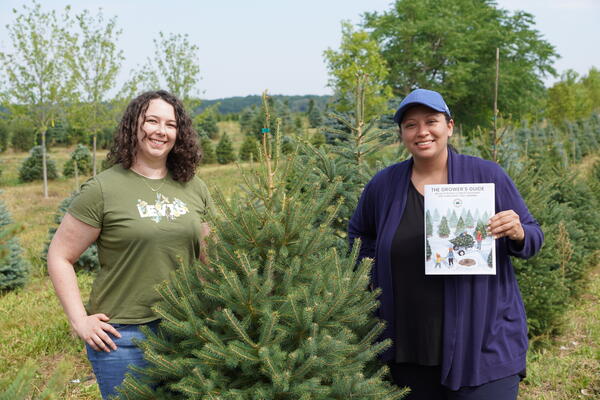
What’s a park worth to the economy?
First of its kind study quantifies mental and physical health value of urban parks

First of its kind study quantifies mental and physical health value of urban parks
By Media RelationsA new framework developed by University of Waterloo researchers demonstrates the significant economic health savings and benefits from urban park investments.
In the first case study of its kind in Canada, researchers looked at Peterborough’s new Quaker Foods City Square park, which cost taxpayers $6.4 million, and have estimated the economic value of physical and mental health benefits that could come from it at more than $4 million per year. The framework considers the health savings associated with improved mental health and better air quality, the avoided economic burden of physical inactivity and higher life satisfaction.
The study demonstrates the value of developing and enhancing urban parks as a strategy to improve population health and well-being, and as a means of cost savings to the medical system.
“Investments in urban parks are among the soundest financial decisions a community can make,” said Jeffrey Wilson, professor in the School of Environment, Enterprise and Development. “When you consider the population health benefits, the value of lessening climate-related impacts and the role of parks to support economic development, we see how parks provide a large payback.”
The park was developed on land previously used as a parking lot to revitalize the downtown core of Peterborough. The study’s estimated benefits of this new space represent only a portion of the park’s value, as the researchers considered only a few benefits attributed to park use and vegetation cover.
Future research could calculate other benefits such as respite from hot temperatures, relief from noise pollution, increased biodiversity and social benefits resulting from stronger feelings of community cohesion, higher levels of community engagement, and reduced isolation. The researchers also identified other factors, such as socio-demographic, cultural variables, and urban design features, that could be included to increase the rigour of the results and further quantify the return on urban park investments.
“Dollars drive decisions,” said Wilson. “It can be challenging for decision-makers to support the development and expansion of urban parks because there are competing land use pressures, and municipalities are responsible for park operation and maintenance costs. However, this study offers concrete evidence that the health system savings alone justify the financial investment.”
The study, The economic value of health benefits associated with urban park investment, appears in the International Journal of Environmental Research and Public Health.

Read more
Here are the people and events behind some of this year’s most compelling Waterloo stories

Read more
Waterloo researchers are helping to make a much-loved holiday tradition more sustainable all year round

Read more
Researchers awarded funding to investigate ecology, climate change, repatriation, health and well-being through cultural and historical lens
The University of Waterloo acknowledges that much of our work takes place on the traditional territory of the Neutral, Anishinaabeg, and Haudenosaunee peoples. Our main campus is situated on the Haldimand Tract, the land granted to the Six Nations that includes six miles on each side of the Grand River. Our active work toward reconciliation takes place across our campuses through research, learning, teaching, and community building, and is co-ordinated within the Office of Indigenous Relations.